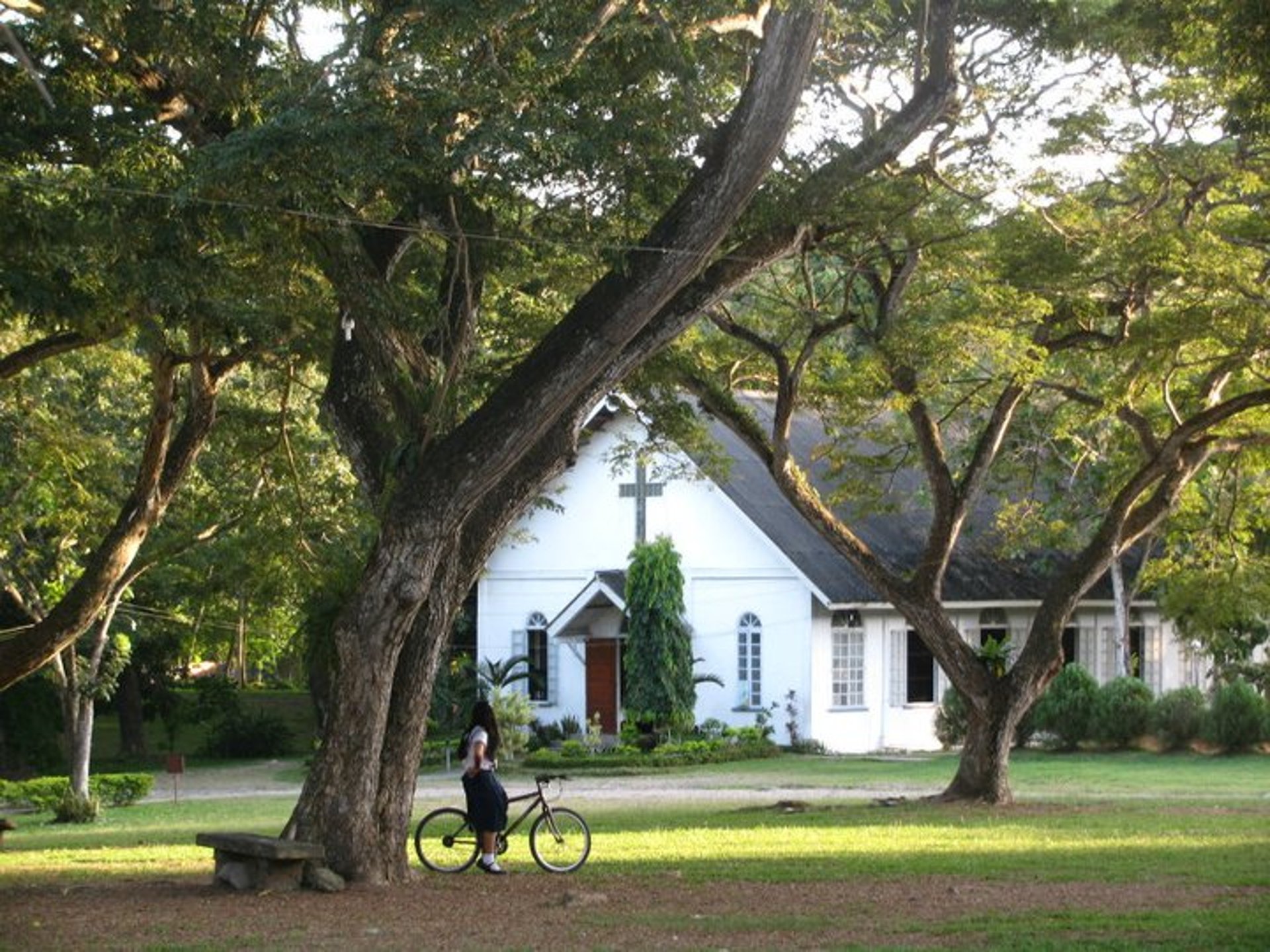Introvert and Poet -Embracing Introversion as You Write Poetry
PERSONALPOETRY
Compile Your Poems into an Anthology of Lyrical Verses
Let the poet introvert come forth. An anthology of your poems is more than just a collection; it's a tangible reflection of your soul. You will be surprised by the revelations in writing a single poem.
Revisit the past. Scroll through your notepads, digital files, and dig the forgotten scraps of paper where your thoughts and emotions first took shape. You might uncover hidden patterns, recurring themes, and the evolution of your mind and spirit, as you go back to these records.
Be vulnerable and honest. Some poems are too raw, too personal, or too intimate. Your choices will significantly influence how readers perceive and experience your work.
Your poetics matter. You will not be only sharing your poems, but also offering a glimpse into your writing process. This self-reflective journey can be deeply fulfilling. Compile your poems today.




My Introverted Poet Self
Unlike extroverts who thrive in social settings I find energy in solitude and reflection. My expressions find their way onto the pages of my journal in verses that are not immediately clean or polished, but clearly un-prosaic and poetic.
This poem, lyrical and concerned with conveying an emotion is a Tagalog free verse conceived in countless hours of walking home from work. The ordinariness traps this persona, erasing all desire in the mundanity of repetitive moments.
In Filipino Traditional poetry
The Dalit and Tanaga, two Filipino poetic forms, offer unique windows into the soul of the archipelago. While both are lyric expressions, they diverge in structure and historical context, revealing different facets of Filipino cultural and emotional landscapes.
The Dalit, often associated with religious or spiritual themes, historically served as a form of devotional song or chant. Rooted in pre-colonial traditions and later adapted within the context of Christianization, the Dalit's strength lies in its ability to convey deep emotion and reverence. Its form is fluid, varying in line count and meter, allowing for a wide range of expressive possibilities. It captures the yearning, the praise, and the sorrow inherent in the human relationship with the divine or the transcendent.
In contrast, the Tanaga is a more structured and concise form, rooted in pre-colonial Tagalog tradition. It consists of four lines, each with seven syllables, and often employs a rhyme scheme. Its strength lies in its brevity and its ability to capture a fleeting moment or a profound insight within a compact space. The Tanaga often explores themes of nature, love, and everyday life, revealing the subtle beauty and wisdom embedded in the ordinary. Its imagery is often rich and evocative, relying on metaphor and symbolism to convey deeper meanings.
Both forms, however, share a common thread: their capacity to distill complex emotions and experiences into lyrical expressions. They both demonstrate the Filipino inclination towards poetic language, and the ability to find beauty and meaning in the world around them. The Dalit, with its spiritual depth, and the Tanaga, with its concise wisdom, contribute to the rich tapestry of Filipino literary heritage. They are reminders of the enduring power of lyric poetry to connect us to our history, our culture, and our shared humanity
Haiku, then, Tanaga
Haiku, the Japanese poetic form, consists of three unrhymed lines: five syllables in the first, seven in the second, and five in the third. Often focusing on nature, a haiku evokes a single moment or feeling. Known for simplicity, brevity, and the ability to capture essence in few words, consider this powerful example: 'Old pond,/A frog jumps in—/Splash!'
During one of my escapes to Baguio, I found myself drawn to a similar moment of pure cataloguing of the natural beauty before me. Yet, my heart language, Filipino, captured the moment not in three lines, but in seven, in the indigenous format called the Tanaga. Nature remained the inspiration, with the heart language reminiscing.
Free Verse is Not Free
Although I have written poems that do not follow a regular rhyme scheme or meter, those poems are hardly free from constraints. I experiment with line length, rhythm, and structure, deliberately eschewing rhyming and metered syllabication, fully aware of the need for poetic tension. The emphasis of a poem in free verse is on the meaning and expression of ideas rather than the form. A single idea or feeling is evoked in the imagination, constraining narrative and metaphor.
Devotional Poetry
My poems often veer toward introspection and the study of the Word of God. Verses from the Bible affirm the ever-present Creator every second of each day. Like confessional poetry, my poems speak from an emotional experience that permeates each day without fail, despite often taking it for granted.
Ghazal, to Understand Another
The Ghazal, a poetic form originating in Persian literature, is composed of pairs of rhyming lines. A refrain, or a repeated line or phrase, typically appears at the end of each couplet.
Ghazals often explore themes of romantic love, unrequited love, and the pain of separation. I chose the intricate rhyme scheme and contemplative nature of the Ghazal to delve into a traumatic experience. Resorting to classical formalism mirror an experiences often unspoken or underplayed due to fear of ostracism.
Narrative poetry
This traditional form of poetry tells a story. The narrative poem can take an epic form or be as short as four lines. Unlike the lyric, which focuses on expressing emotion, this poem is a narrative ballad with a clear plot. A sequence of events develops a character in the story, set in a specific time and place, where the character must overcome a problem. Poems that tell a story are often therapeutic, especially for introverts like me who find respite in language.

